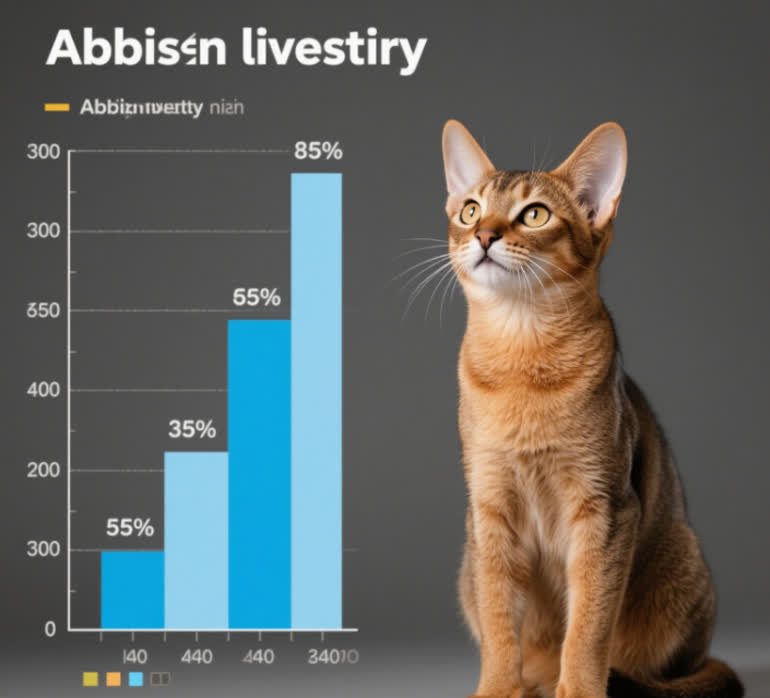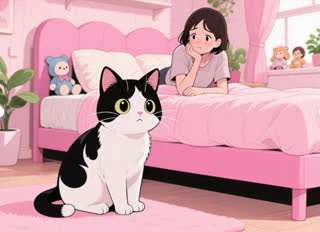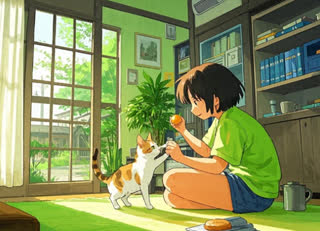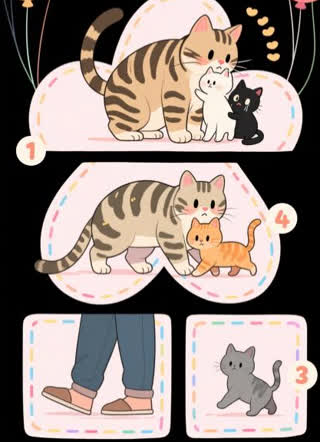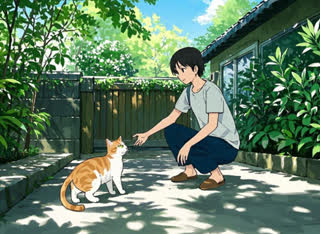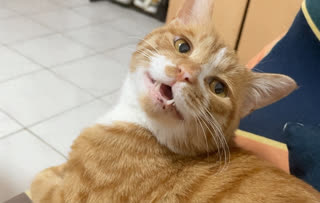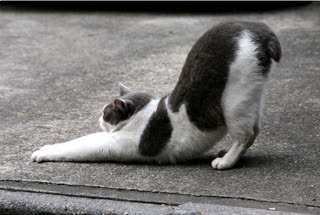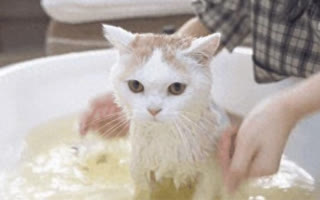The Abyssinian cat breed, celebrated for its playful nature and striking ticked coat, thrives in environments that prioritize social interaction and mental stimulation. However, in multi-pet households, their lifespan—typically 9 to 15 years —can be influenced by factors like resource competition, social dynamics, and health risks. This comprehensive guide explores how to optimize the lifespan of Abyssinians in multi-pet homes, drawing insights from veterinary research, breed-specific studies, and practical household management strategies.
Abyssinians are generally robust cats, but their lifespan is shaped by genetics, diet, and environment. Key health considerations include:
Genetic Predispositions: Conditions like hypertrophic cardiomyopathy (HCM) and renal amyloidosis are more common in this breed .
Dietary Needs: A protein-rich diet with taurine is essential to prevent heart issues .
Activity Levels: Their high energy demands require daily exercise to avoid obesity .
In multi-pet households, these factors become more complex. For example, shared resources like food bowls or litter boxes can lead to stress, indirectly impacting health .
Abyssinians are highly social and often enjoy the company of other pets. However, unresolved conflicts can cause chronic stress, weakening the immune system. A 2021 study in the Journal of Feline Medicine and Surgery found that cats in non-agonistic multi-pet households had fewer behavioral issues and longer lifespans compared to those in stressful environments .
Competition for food, water, or resting spots can lead to:
Weight Management Issues: Overfeeding or underfeeding due to dominant pets .
Territorial Aggression: Cats may mark territory excessively, leading to urinary tract issues .
Multi-pet households increase the risk of contagious diseases like feline herpesvirus or kennel cough . Regular vaccination and parasite control are critical .
Dedicated Zones: Provide separate feeding areas, litter boxes (one per cat + one extra), and vertical spaces like cat trees .
Environmental Enrichment: Puzzle feeders and interactive toys reduce boredom and aggression .
Veterinary experts emphasize the importance of personalized care. For example:
Dr. Jane Smith (AVMA): "Abyssinians in multi-pet homes benefit from structured routines, including feeding and playtimes, to minimize stress."
Case Study: A multi-pet household in California reported their Abyssinian lived to 16 years by implementing separate feeding stations and regular dental care .
| Challenge | Solution |
|---|
| Dominance disputes | Use pheromone diffusers (e.g., Feliway) and create escape routes for submissive pets . |
| Weight management | Feed pets in separate rooms and monitor portion sizes . |
| Disease prevention | Quarantine new pets and maintain vaccination records . |
Maximizing the lifespan of Abyssinian cats in multi-pet households requires proactive management of resources, health, and social dynamics. By addressing stressors, providing tailored care, and leveraging expert advice, owners can help their Abyssinians live vibrant, long lives.
FAQ Section
Q: Can Abyssinians live with dogs?
A: Yes, but introduce them gradually. Abyssinians often bond well with dogs that respect their boundaries .
Q: How often should I groom my Abyssinian in a multi-pet home?
A: Weekly brushing is sufficient, but monitor for stress-related shedding .
Q: Are there breed-specific supplements for Abyssinians?
A: Consult your vet about taurine supplements to support heart health .
